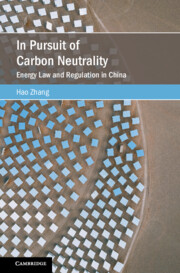Following the European Union (EU) experience, an increasing number of countries are establishing an Emissions Trading Scheme (ETS). The EU ETS often serves as a ‘model’ despite fundamental differences in the receiving environment. In the EU liberalized energy markets, carbon prices are intended to raise the cost of carbon-intensive energy and thereby stimulate cleaner alternatives. In contrast, many emerging economies continue to regulate energy investments and prices, which may insulate consumers and producers from the impact of an ETS. To avoid this risk, energy economists advocate EU-style energy market reforms as a prerequisite to the introduction of the ETS concept abroad. By focusing on the cases of China, Kazakhstan, and Russia, this article highlights the limits on the exportation of the EU liberalization model and argues that, instead of energy reform, the ETS must be reconceptualized as a mechanism that integrates the regulated energy market paradigm in emerging economies.


